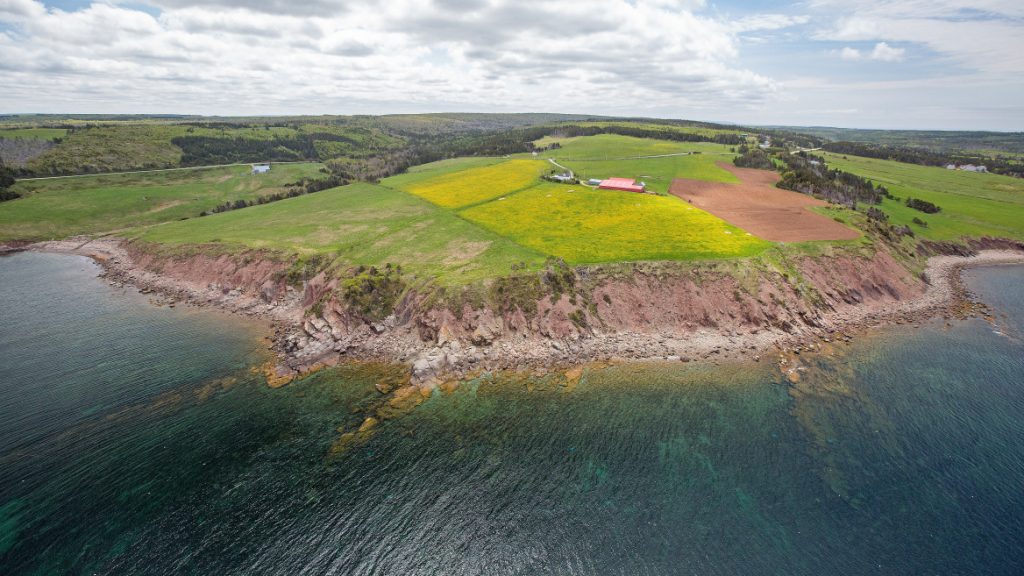N.S. moves forward with plan to force municipalities to protect coastlines

Posted Apr 15, 2025 01:02:57 PM.
Last Updated Apr 15, 2025 02:02:20 PM.
The Nova Scotia government is offering municipalities a blueprint on how to protect the province’s 13,000 kilometres of coastline.
On April 15, Environment Minister Tim Halman announced a new website link with examples of bylaws and other regulations that municipalities can use to prevent coastal erosion.
It’s a controversial measure — the Progressive Conservatives have refused to put into force a 2019 law adopted by the previous Liberal government that would have required the provincial government to manage coastal protection.
Instead, the Tories want the province’s municipalities to draft bylaws that define where coastal regulations would apply, set minimum building elevation, and create buffer zones to protect infrastructure from erosion.
Halman also announced more than $1.3 million for the Nova Scotia Federation of Municipalities to hire a climate change policy analyst, and help its 49 members create their own bylaws.
The Progressive Conservatives promised to offer examples of bylaws when they announced their coastal protection strategy in February 2024 and confirmed they would not proclaim the Liberals’ 2019 Coastal Protection Act.
Coastal tourism at risk
Nova Scotia has been named one of Travel + Leisure magazine’s 50 Best Places to Travel in 2025, celebrated for its proximity to the ocean.
The province, recognized alongside the Yukon as the two Canadian regions to make the list, Nova Scotia is featured under the category ‘For Moments on the Water’.
The province is at risk of experiencing the devastating impacts of climate change, many of which could alter these best-loved tourist activities.
Across the province, average annual temperature is projected to increase by 2.6 C by mid-century and 4.5 C by the end of the century, under a high level greenhouse gas emissions scenario. This temperature increase will spark warming oceans which increases the risk of tropical storms and a projected 10 per cent increase in precipitation.

These events would contribute to higher flood risks, increased erosion and humidity.
It is also at risk of sea level rise. Higher sea levels have the potential to damage coastal communities and infrastructure, infiltrate freshwater supplies and threaten sensitive species and ecosystems.
Which could also make certain parts of the year difficult to promote tourism and coastline experiences.
With files from CityNews’ Rachel Morgan and The Canadian Press.








